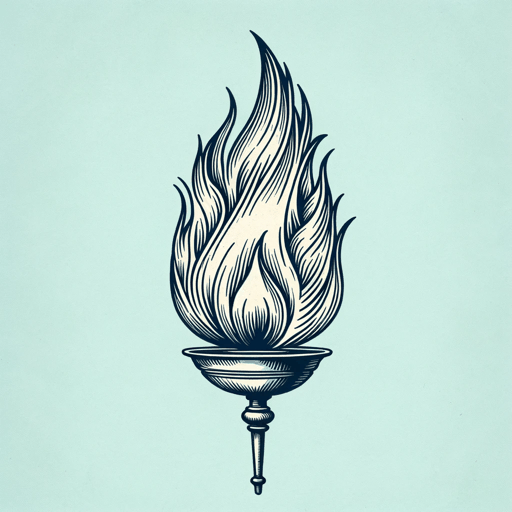213 pages • 7 hours read
Jill LeporeThese Truths: A History of the United States
Nonfiction | Book | Adult | Published in 2018A modern alternative to SparkNotes and CliffsNotes, SuperSummary offers high-quality Study Guides with detailed chapter summaries and analysis of major themes, characters, and more.
Part 2Chapter Summaries & Analyses
Part 2: “The People (1800-1865)”
Part 2, Chapter 5 Summary and Analysis: “A Democracy of Numbers”
Thomas Jefferson worried that the language of the Constitution allowed a president to serve again and again until death, like a king. John Adams, on the other hand, liked that idea. In 1796, when Washington decided not to run again, Adams and Jefferson each sought to succeed him. The two men faced off again in the next election, which Jefferson nicknamed “the revolution of 1800.” The election was the climax of a decades-long political debate between the men, which caused a constitutional crisis. Adams and his running mate, Charles Cotesworth Pinckney, ran as Federalists, while Jefferson and his running mate, Aaron Burr, ran as Democratic-Republicans. Jefferson had heard that, if Adams lost, the Federalists would suddenly change the law in favor of Adams, and would allow him to serve for life. Rumor had it that some Federalists would have risked civil war rather than elect Jefferson.
Four years earlier, in 1796, in seven out of 16 states, the citizens elected delegates to the Electoral College. In the other states, it was the state legislatures who elected delegates. Two parties had emerged by then, and party leaders believed that delegates ought to satisfy the demands of the men who had them elected.
Related Titles
By Jill Lepore
Featured Collections
Books on Justice & Injustice
View Collection
Books on U.S. History
View Collection
Colonialism & Postcolonialism
View Collection
Equality
View Collection
Nation & Nationalism
View Collection
New York Times Best Sellers
View Collection
Politics & Government
View Collection
Popular Study Guides
View Collection
The Best of "Best Book" Lists
View Collection





